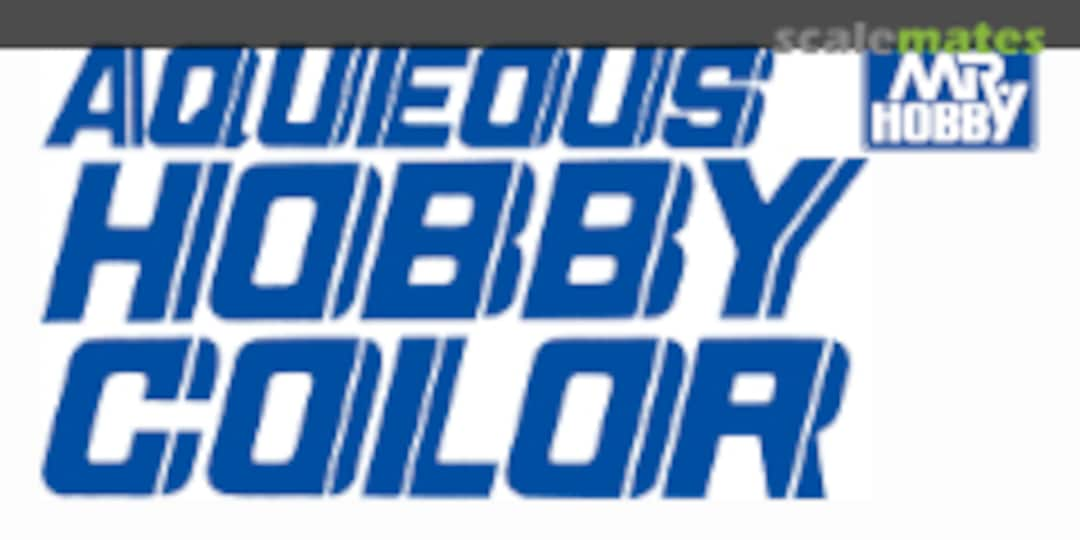SH-3D Sea King 'Old 66' Apollo 11/13 Recovery
- Subject:
Sikorsky SH-3D Sea King
 US Navy (1794-now)
US Navy (1794-now)
HS-4 Black Knights 152711/NT-66 (Cdr. Chuck B. Smiley)
Avril 1972 Apollo 13 Recovery - USS Iwo Jima (LPH-2)
FS17925 FS16440Sikorsky SH-3D Sea King
 US Navy (1794-now)
US Navy (1794-now)
HS-4 Black Knights 152711/66
Juillet 1969 Apollo 11 Recovery- Échelle:
- 1:48
- Statut:
- Idées
From Scott Carpenter's Mercury mission in May 1962 to the end of the Apollo lunar program in December 1972, every NASA spacecraft crew retrieved by helicopter was recovered by a Sikorsky Sea King. The big, twin-turbine Sea King offered additional interior space, more power, more safety and more versatility than the HUS-1s that recovered Alan Shepard and Gus Grissom after their Mercury flights. Besides, it was natural that the Sea King be pressed into service as a recovery helicopter. One particular SH-3 itself became an icon for its recovery of the first five Apollo flights to the Moon.
Bureau Number 152711 (Sikorsky serial number 61-377) was constructed as an SH-3D and completed on March 4, 1967. It appears to have spent its entire career with the "Black Knights" of HS-4. During the Apollo 8, Apollo 10, and Apollo 11 missions, Helicopter 66 was the primary RECOVERY vehicle which hoisted returning astronauts from the spacecraft command modules. Following the Apollo 11 mission, the Navy switched to a three-digit designation system and Helicopter 66 was retagged Helicopter 740. Recognizing the fame Helicopter 66 had achieved, the Navy began the practice of repainting Helicopter 740 as Helicopter 66 for the later recovery missions in which it participated, Apollo 12 and Apollo 13, painting it back as Helicopter 740 at the conclusion of each mission. During the period of its use for astronaut recovery, Helicopter 66 bore victory markings on its fuselage showing a space capsule silhouette, with one being added for each recovery in which it participated. For the recovery of the Apollo 11 astronauts, the underside of the fuselage was emblazoned with the words "Hail, Columbia".
Temporary modifications were made to the SH-3A/SH-3D aircraft used in recovery operations. It became typical to remove the AN/AQS-13 sonar equipment in most of the embarked helicopters and cover the top of the sonar well. This opened up space in the cabin for crewmembers to move around, room for recovery gear, and to provide space for the astronauts and the NASA physician to move around aboard the recovery helicopter. Removing the sonar also made room for the SARAH (Search and Rescue and Homing) equipment. This system provided a radio-detection system for locating the spacecraft. It used Yagi-type antennas mounted at the top of the port and starboard sponson struts; the first recovery helicopter to sport these antenna was the Gemini 12 recovery helicopter in November 1966. The signals were fed to receivers in the helicopter's cabin, and crewmen could use the signals to direct the pilots toward the spacecraft's location. Starting with Apollo 10, the recovery helicopter was equipped with an uprighting sling made of half-inch nylon line. One end of the sling was attached to a weapons shackle; the other end was taped in place below the starboard cabin door. If the command module was apex-down (Stable II) after splashdown, a helicopter crewman could lower the free end of the sling to a swimmer in the water, who would attach the sling to the spacecraft. The helicopter could then pull the spacecraft over to upright (Stable I) position. Other modifications to the prime recovery helicopter included installation of photo and film cameras on the starboard side. Two 70mm motion picture cameras and a 35mm still camera were carried on a specially-made mount on the starboard aft weapons position, and at least one camera was mounted on the starboard side between the sponson and the fuselage. These cameras were pointed down to capture images of the recovery operation that could be analyzed after the mission. These supplemented the still photos and motion pictures captured by the PHOTO helicopter.
Inventaire du projet
Maquettes complètes
Kits de détaillage et conversions
Décalcomanies


Couleurs du projet
Références de projet










